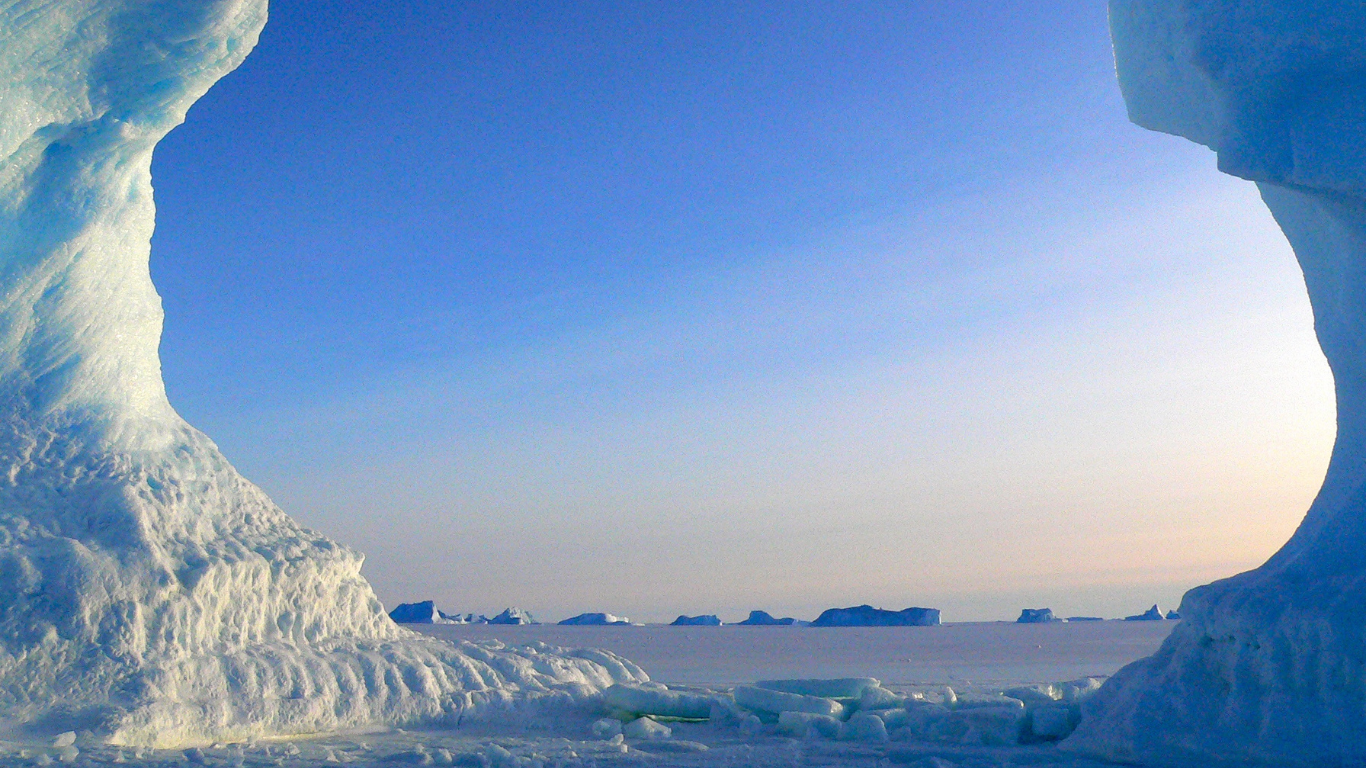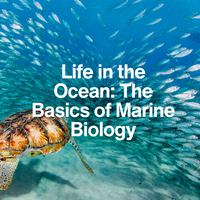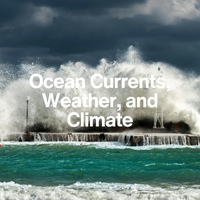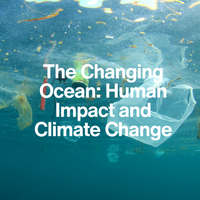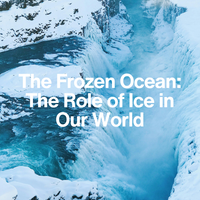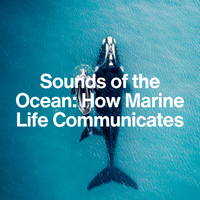LESSON 3
How Do Animals Like Polar Bears and Penguins Survive the Cold?
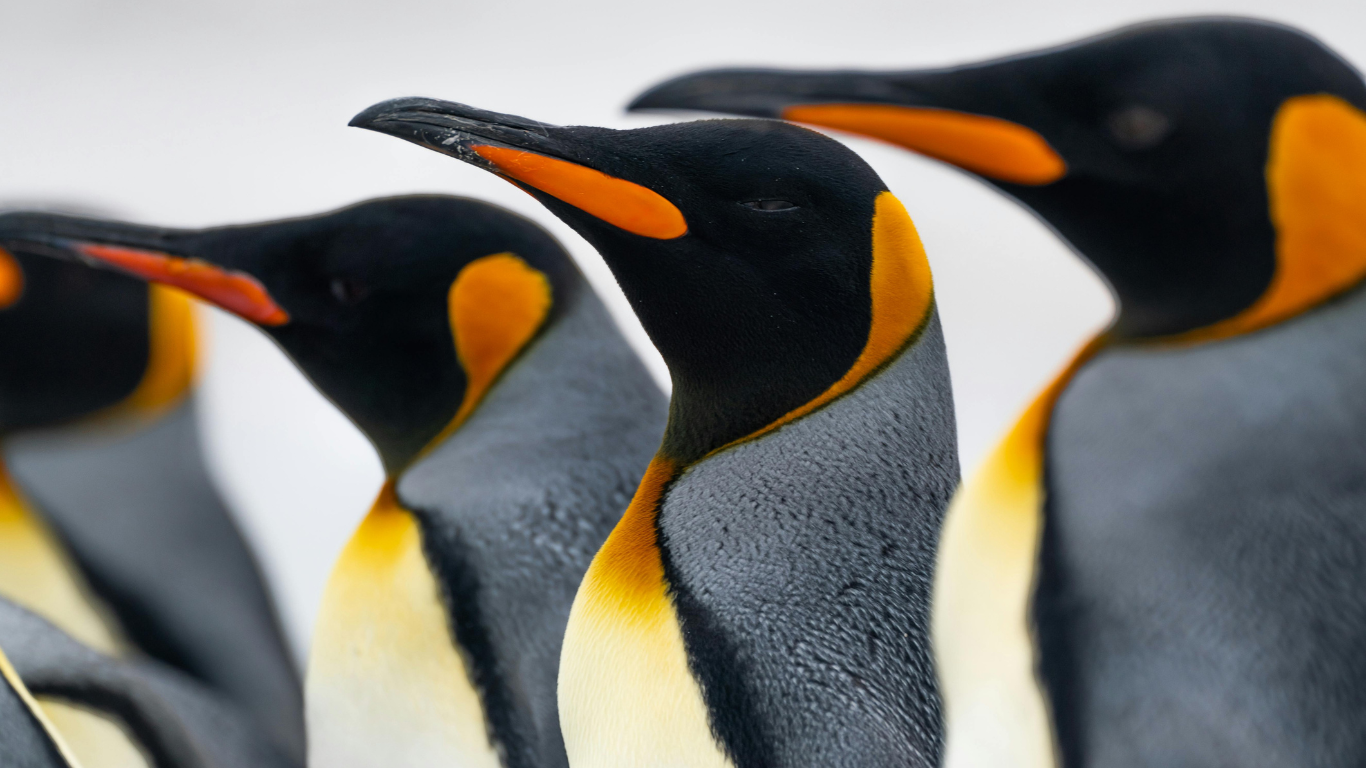
Introduction:
Life on the Ice
From the blizzards of the Arctic to the frozen coasts of Antarctica, some animals have evolved to not just survive—but thrive—in extreme cold. These icy environments may seem harsh, but they support rich ecosystems filled with species that have incredible adaptations for life in the snow, ice, and frigid seas.
In this lesson, we’ll explore how animals like polar bears, penguins, Arctic foxes, and seals are built for the cold—and why their survival is at risk as the frozen world around them changes.
1. Staying Warm: Blubber, Fur, and Feathers
To survive freezing temperatures, animals need to stay insulated. They do this using specialized body structures that trap heat and keep out the cold.
Did you know?
A polar bear’s skin is actually black, helping it absorb heat from the sun more efficiently under all that fur.
2. Moving on Ice and in Water
Icy conditions make movement tricky, but frozen-adapted animals have evolved clever ways to navigate snow, ice, and ocean.
These adaptations allow animals to hunt, migrate, and raise young in environments that would be deadly to most other species.
Did you know?
Emperor penguins can survive Antarctic temperatures as low as -60°C thanks to their densely packed feathers and social huddling behavior.
3. Camouflage and Seasonal Survival
In polar regions, being able to blend into the landscape is often the difference between eating and being eaten.
Many Arctic and Antarctic animals are also seasonal specialists. Some migrate during the harshest months or go into hibernation or torpor, reducing their energy use until conditions improve.
Did you know?
Narwhals spend winters under thick sea ice, breathing through cracks and diving over 1,500 metres deep to find food.
Conclusion
Adapted for Ice, Threatened by Change
These remarkable creatures have adapted over thousands of years to survive in some of Earth’s harshest environments. But now, melting ice, shifting seasons, and warming oceans are threatening the very conditions they depend on.
Protecting the frozen world means protecting these species, too. By fighting climate change and supporting conservation efforts, we can help ensure that future generations will still find polar bears on the ice and penguins on the shores of Antarctica.
Key Takeaways:
Arctic and Antarctic animals survive the cold using blubber, fur, feathers, and social behaviours to stay warm.
They’re adapted to move across ice and swim in freezing waters, hunt efficiently, and avoid predators using camouflage.
As climate change alters their frozen habitats, many of these species face declining populations and disappearing homes.
NEXT LESSON
What Does the Ocean Under Antarctica Look Like?
Beneath the Antarctic ice lies a hidden world of cold currents, deep ecosystems, and secret underwater mountains. Let’s take a journey below the surface.
